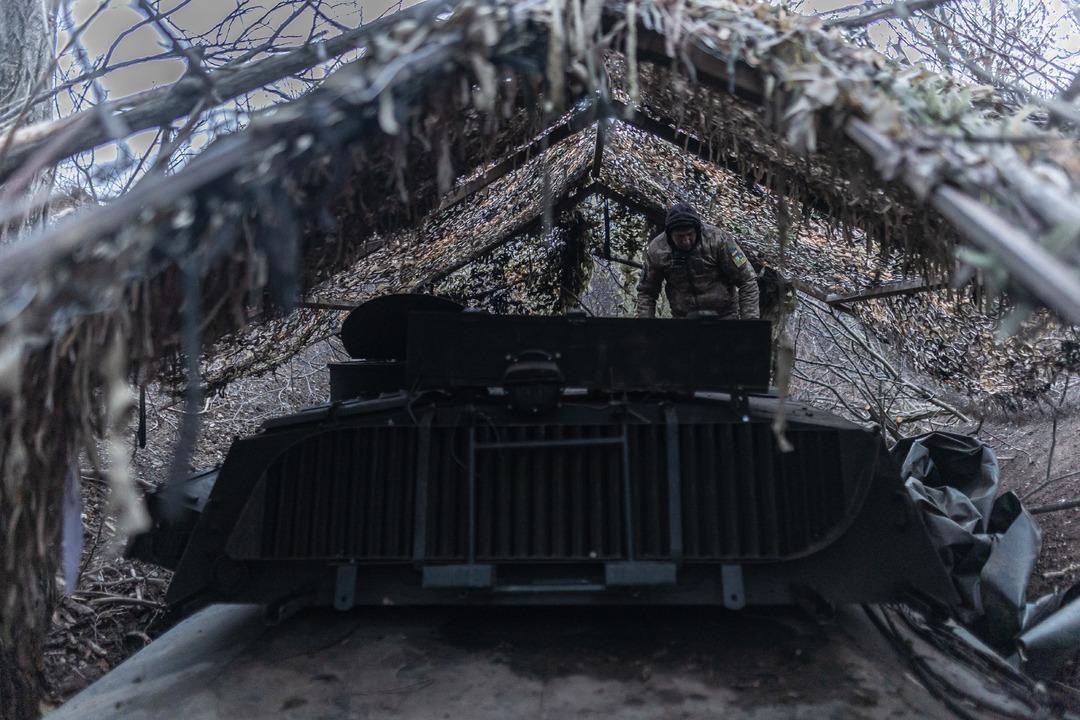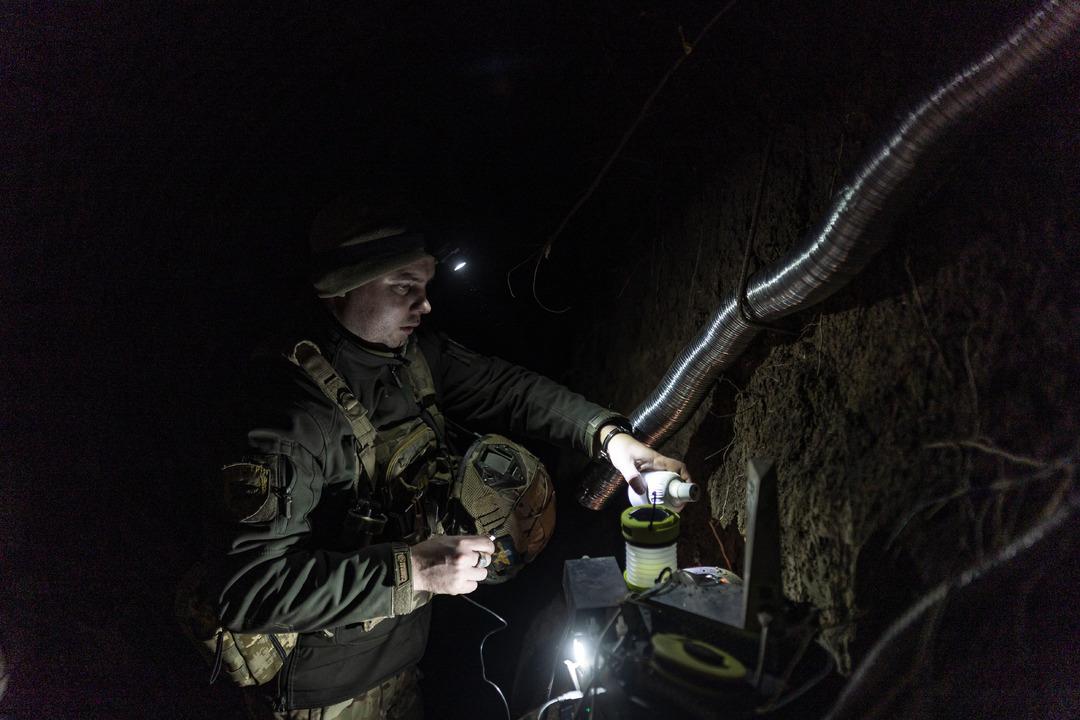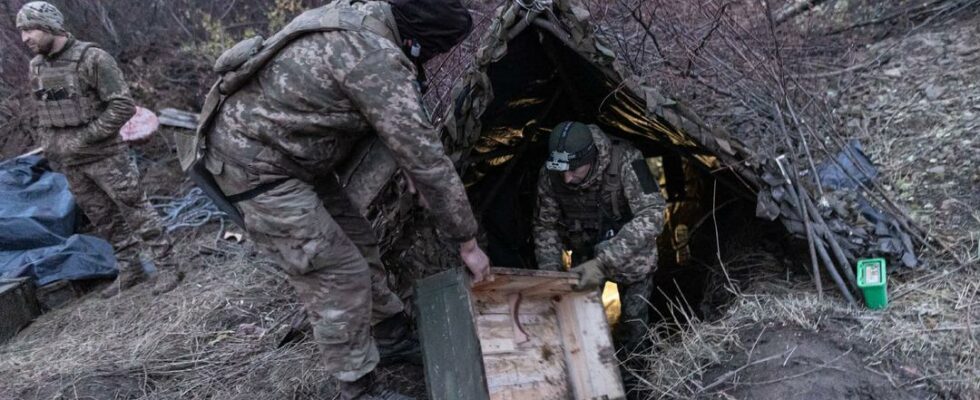Following Trump’s election as the new president in the war between Ukraine and Russia that has been going on for months, the Biden administration has made a significant sharpening in its Russia policy. This attitude of the USA brought about the shooting of Ukraine by US and British missiles. There is no step back in Russia. Russian leader Putin continues to take very harsh stances against every new move of the USA and the West. While it is now almost certain that the conflicts will begin between Russia and Ukraine and evolve into different dimensions, European states have also begun preparations for war. In many countries, survival guides are prepared and public awareness is raised on this issue. Here are all the details!
NON-ALIGNED PEOPLE ARE ENCOURAGED TO JOIN NATO
Russia’s invasion of Ukraine significantly increased security tensions in the Baltic region and encouraged Finland and Sweden to abandon their decades-long policy of non-alignment and join NATO.
But military capacity is not everything: citizens also need to be prepared.
The brochure’s foreword in Swedish reads, “We live in uncertain times. Armed conflicts are currently taking place in our part of the world. “Terrorism, cyber attacks and disinformation campaigns are used to weaken and influence us.”
The brochure, also available in English, states that “collective resilience” is essential and that if Sweden is attacked, everyone must do their part to defend Sweden’s independence and democracy, and that everyone is part of Sweden’s overall emergency preparedness.

IT WAS ALSO PUBLISHED DURING THE SECOND WORLD WAR
According to the news in The Guardian, Swedes have long been familiar with such public information brochures. The first of these was published in the second world war.
The latter offers advice on warning systems, air raid shelters, digital security and how to use the toilet when there is no water, among other topics.
It is also recommended to keep a good supply of water in the house (and check annually that the water is still safe), have plenty of blankets, warm clothing and alternative heating, buy a battery-powered radio and stock plenty of energy-rich, quick-to-prepare foods. .

NORWAY TAKES ACTION
Norway’s civil defense directorate, DSB, distributed a similar booklet to 2.6 million households in the country. “We live in an increasingly turbulent world” affected by climate change, digital threats and “in the worst case, acts of war”, the booklet states.
The Norwegian brochure advises people to stock at least a week’s worth of non-perishable food, such as “crunchy bread, tinned pulses and beans, tinned sandwich spreads, energy bars, dried fruit, chocolate, honey, biscuits and nuts”.
Norway also advises residents to stock up on essential medicines, including iodine tablets, in case of a nuclear accident, and like Sweden, recommends people have several bank cards, as well as cash on hand at home.
“CAN YOU SURVIVE 72 HOURS?”
In Finland, a comprehensive online guide called Incident and Crisis Preparedness offers residents information and advice on everything from water outages to forest fires, internet crashes or “long-term crises such as military conflict.”
More practically, on a separate website called 72tuntia.fi, Finland, which shares a 1,340 km border with Russia, asks its citizens “Can you survive 72 hours in a series of crisis situations?” he asks, challenging them to put both their skills and their materials to a series of tests.
The site includes tips on strengthening psychological resilience, improving personal cybersecurity, and sheltering in closed spaces to increase the ability to cope with difficult conditions: “Close the doors and windows. Turn on the radio. Wait calmly for instructions.”

HUNDREDS OF THOUSANDS OF SHELTERS ARE BEING BUILT
Germany, meanwhile, has focused on increasing the number of its shelters and protective shelters, following an official estimate that the country of 84 million has fewer than 600 public shelters capable of accommodating just 480,000 people.
Many cold war bunkers were dismantled as they were no longer needed, but Berlin has now launched a national bunker plan under the Federal Office for Population Protection, including a geolocation phone app.
Experts predict that an attack from Russia may occur within the next five years.
Therefore, a search began for all kinds of structures that could be used in such a situation, including subway stations, government offices, schools and basements of municipal buildings.
IT WILL BE MANDATORY TO ADD A SHELTER TO THE HOUSES
German households will be encouraged to adapt their own cellars, garages or warehouses, or dig up old shelters, while builders will also be legally obliged to add safe shelters to new homes, as Poland has already done.
The Frankfurter Allgemeiner newspaper this month revealed details of a thousand-page army document directed at German businesses (advising them to train extra truck drivers, for example, but containing civilian preparedness advice for individuals).
Source: NTV
